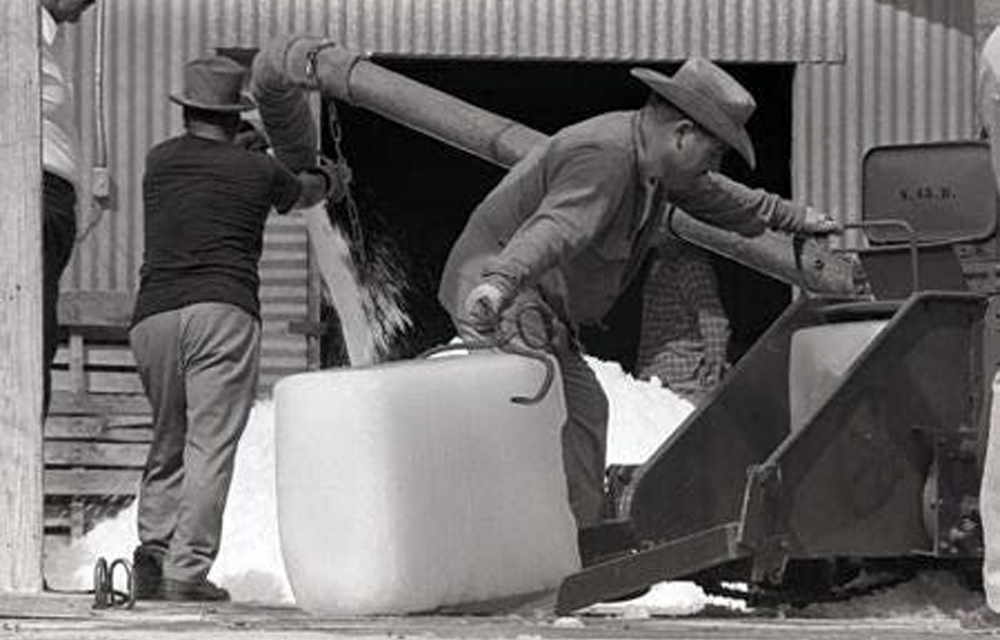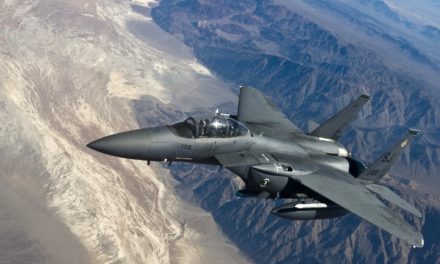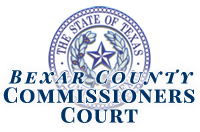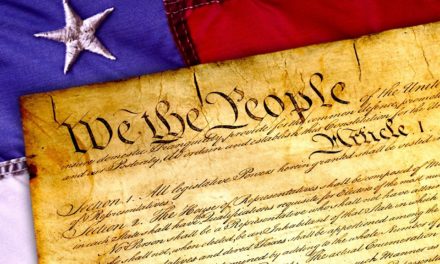Oscar Castillo is one of the premier Latino photographers in the United States. His inclusion in three early exhibits in Los Angeles in 1972 and Bellas Artes in Mexico City in 1974 established him as one of his generation’s earliest recognized Chicano media artists. Castillo’s collection of photos at the UCLA Chicano Studies Research Center accumulated over 55 years includes more than 4,000 prints This is the largest archive for a Chicano or Latino photographer in this country. Several additional California museums have collected his photos, and, most recently, the Smithsonian Museum of American Art in Washington, D.C. acquired some of his early important works.
Castillo is an award-winning photographer best known for documenting East Los Angeles, the nation’s largest Mexican community. The greater city of Los Angeles emerged as one of the pivotal cities contributing to Chicano politics and culture in the United States during the late 1960s and early 1970s. Dr. Chon A. Noriega, former Director of UCLA’s Chicano Studies Research Center, wrote recently: “Motivated artistically and identifying politically, Castillo photographed Chicano protests, parades, and ordinary public life in what proved a period of profound social and political upheaval.”
Oscar Castillo and many other Latino artists have recently turned to art blogs and websites to make their art known. The art blog Artnet identified this emerging trend as the “Global Gallery.” Artists are exhibiting virtually which makes them no longer solely dependent on museums and galleries to display their work. As a result, I was pleased to see that Castillo’s new exhibit is listed in “onodream Gallery,” one of these online galleries [listed at the end of the essay]. There are currently ten Castillo images in the virtual gallery that anyone can immediately access. Ten more images will be added in February and another ten in March.
Castillo was born in El Paso, the son of Victor Ramon Castillo and Bertha Alvarez. Both of his parents were natives of El Paso. His grandparents came to El Paso from Zacatecas and Northern Mexico respectively. His father served in the Army Air Corps during World War II and returned to El Paso after the war to attend the University of Texas El Paso. After commissioning as an officer, the senior Castillo served in the Air Force as a navigator.
The military was an important segment of young Castillo’s life because his family moved to numerous states before settling in California where he completed his secondary education at Belmont High School in East Los Angeles. He attended a local community college but left after one year. Expecting to be drafted by the U.S. Army, Castillo joined the Marine Corps.
When Castillo finished Marine Corps Basic Training, the majority of the new Marines were being deployed to Vietnam. Perhaps because of his college training or skills identified by a battery of tests, Castillo trained as a radio operator. Over the years 1964-68, Castillo was stationed in Marine bases at Marine Corps Air Station in El Toro, California, Japan, and Camp Pendleton, California. While in Japan he decided to buy a camera. This decision to document his surroundings in Japan changed his career trajectory forever.
Upon completing military service in 1968, Castillo returned to Los Angeles and enrolled at Valley Community College. The following year, he transferred to San Fernando Valley State College in Northridge, California where he majored in 2-Dimensional Design. Castillo also gravitated to the newly created Chicano Studies Department and enrolled in several of Dr. Rodolfo Acuna’s history classes. Dr. Acuna learned of Castillo’s skills in photography and enlisted him to furnish photos for his book Cultures in Conflict published for use in middle-school social studies classes in California in 1970.
I met Castillo in 1970 when I joined the Chicano Studies Department as an Assistant Professor. I taught four classes of Chicano and Latin American history per semester. Castillo joined the Chicano student organization Mecha which Jose Galvan, my high school buddy from San Antonio, Texas, chaired. At the time I was teaching I was completing my doctorate at UCLA. Although I was always busy, occasionally I hung out with Castillo [we shared a mutual love for photography] and three of the Mecha leaders, Jose Galvan, Carlos Reyes, and Mario Longoria. All three of these leaders had been by chance classmates of mine in San Antonio.
In 1970, Castillo spent a college semester in Crystal City documenting the early years of the La Raza Unida Party. Castillo traveled with La Raza leader Jose Angel Gutierrez as he recruited Chicanos from South Texas and San Antonio to work in Crystal City, the motherland of Brown Power in Texas. Gutierrez succeeded in recruiting several artists from Texas A&M in Kingsville who worked closely with Raza Unida leaders Mario Compean and Nacho Perez in San Antonio. Castillo’s photos of Crystal City politics and community life represent a valuable collection at UCLA and UT Austin and document this important period of Chicano history.
Castillo also served on the staff of Con Safos Magazine and as a contributor to La Raza Magazine which covered the major events of the Chicano Movement. His photos of the 1970 Chicano Moratorium [A march against the Vietnam War] are highly significant to historians studying that era. I recommended Castillo to my British friend, Bruce Tulloh, a former Olympian and writer for the London Observer who wanted to document famed Indigenous runners in Mexico. Castillo traveled with Tulloh to the Sierra Madre in Northern Chihuahua for a story on the amazing Tarahumara Indian [Raramuri] runners known
to run dozens of miles through mountainous terrain with exceptional endurance.
After Castillo graduated from California State University Northridge and completed his studies in Film Production at UCLA in 1974, he worked briefly in television production. From the 1980s to the present he has worked as a freelance photographer and media artist. He also worked for 18 years at the City of Pico Rivera as a city photographer and art instructor.
Castillo is the consummate urban photographer. This is the first time anyone has documented East Los Angeles with greater precision and understanding. In his artist statement, he elaborates on his artistic values: “My photography carries on my early memories of community, family, and a sense of place, although I have chosen to look at a much larger extended family and community.”
Oscar Castillo: Photographer, Teacher, and Documentor of Chicano Experience












